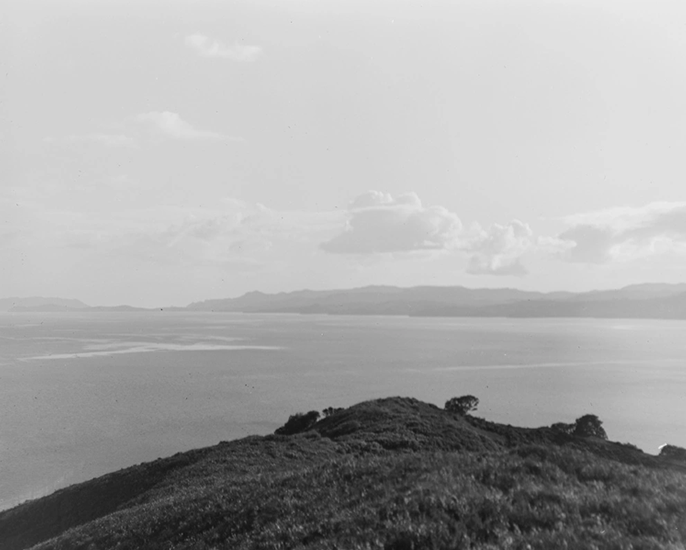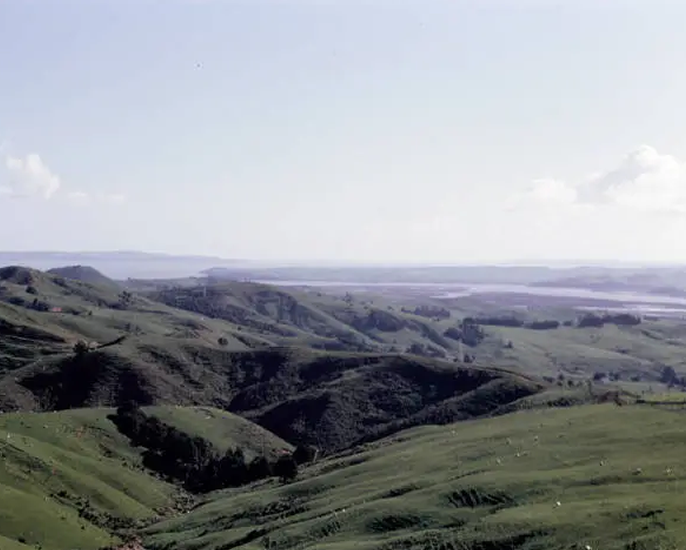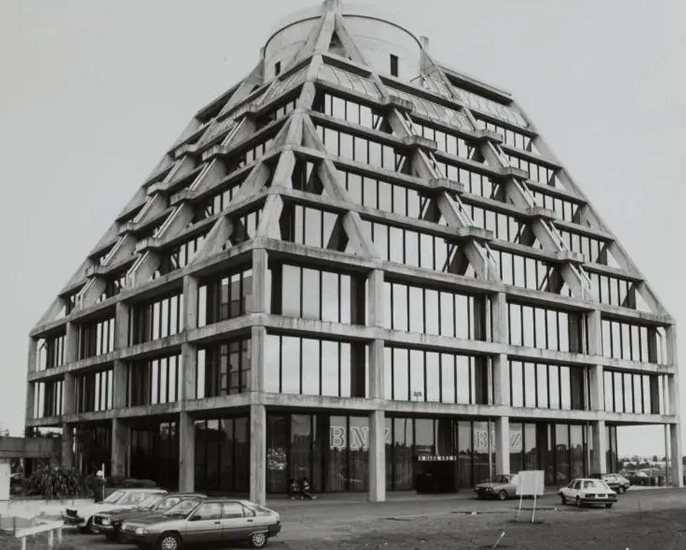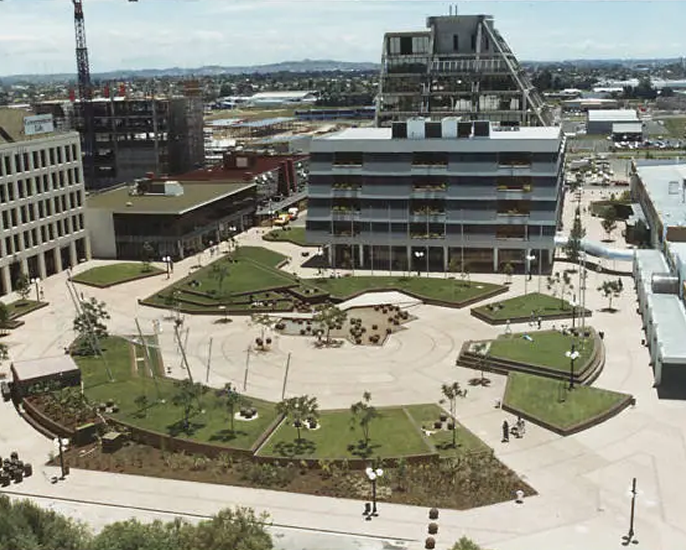Manu-kau Noa Iho
Ko te kōrero kei muri i te ingoa
Ko te tikanga o te Manu-kau noa iho e whakaatu ana i te ‘tangi kau noa iho a ngaa manu’.
E hoki ana teenei koorero ki te taunga mai o te waka o Tainui ki Te Maanukanuka o Hoturoa. I reira, ka rongo te iwi i te tangi a te tini manu tai. I te tiimatanga, ka pooheehee te iwi he tangi tangata kee taa raatou i rongo ai, engari, ka kitea ake he ‘manu kau noa iho’.
Ko Manu-kau te whakaraapopototanga o ‘He manu kau noa iho’ kua noho hei ingoa moo te whanga me te rohe whaanui o Manukau. I te whakahokinga o te ingoa ki te rohe o Te Papa Reehia o Hayman, ka whakaatungia te taapua o teenei whenua tuku iho ki te iwi o te rohe, ki a Waiohua.
Ko teenei rohe, i toona waa, he whenua tuku iho e tapotu ana me oona repo maha, ka mutu, ko eetehi e haumanutia ana. Ko ngaa repo ngaa taakihi o Papatuuaanuku. Ko taa te repo he taatari hei whakatahe i ngaa taaoke i ngaa riu hopu wai huri noa. Ka rere ngaa wai maaori e maa ana ki Waipuhinui me toona taunga taiao, araa, ki Te Maanukanuka o Hoturoa.
E ai ki ngaa koorero tuku iho, naa Taane Mahuta i whakawehe toona matua, a Ranginui, i toona whaea, i a Papatuuaanuku. Noo konaa, ka tiimata tana whakarite aahuatanga hei tiaki, hei manaaki i a Papatuuaanuku. Ko taa teetehi koorero e mea ana, naa Taane i whakatuu ngaa ngahere hei puukahukahu moo Papa, aa, ko ngaa repo hei taakihi moona, hei puunaha maaori ki te whakaora i toona tinana.
He taonga ngaa repo ki te iwi o Waiohua. Taapua ana ngaa repo hei mahinga kai, hei kohinga rawa hoki. He mea kohikohi katoa ngaa rawa i konei hei kaakahu, hei rongoaa, hei rawa whakatuu whare, hei taura, hei whaariki, hei rawa hii ika hoki. Ko ngaa taonga, peenei i ngaa utauta, i ngaa raakau a Tuu me ngaa whakairo, ka waiho ki ngaa oneone rei kia hunaia, kia taarokia i ngaa waa o te tutuunga o te puehu.
He koorero teenei naa Te Aakitai Waiohua raatou ko Ngāti Tamaoho, ko Ngaati Te Ata Waiohua.
Manu-kau Noa Iho
The story behind the name
Manu-kau Noa Iho translates as 'it’s only just birds'.
It references a time when the Tainui waka (canoe) was portaged over land to the Manukau Harbour. They heard the tangi (cries) of a multitude of manu tai (sea birds). At first they thought these sounds were the cries of human beings but later discovered them to be 'only just birds' - He manu kau noa iho.
Manu-kau is an abbreviation of 'He manu-kau noa iho' that has been adopted for the harbour and the wider Manukau area. Returning the full name for the area to Hayman Park reflects the significance of this cultural landscape to the local Waiohua iwi.
The area was once a low-lying cultural landscape with extensive repo (wetlands), some of which are being restored. Repo are considered the kidneys of Papatuuaanuku (the Earth Mother). They filter toxins from the surrounding land catchment. This cleansed water then flows into Waipuhinui (Puhinui Stream) and its receiving environment, Te Maanukanuka o Hoturoa (the Manukau Harbour).
According to oral traditions Taane Mahuta (God of the Forests and Birds) separated his father Ranginui (the Sky Father) and mother Papatuuaanuku. He then set about providing ways to protect and care for Papatuuaanuku. In one account, he created the forests as her lungs and repo as her kidneys to act as natural cleansing mechanisms for her body.
Waiohua iwi regard repo as taonga (treasures). They are significant mahinga kai (food gathering sites) and resource harvesting areas. Resources for clothing, medicine, building supplies, ropes, mats and fishing materials were all gathered here. Taonga like tools, weapons and carvings were stored in their peat soils to hide and preserve them during times of turmoil.
Narrative provided by Te Aakitai Waiohua, Ngāti Tamaoho, Ngaati Te Ata Waiohua.
Manukau City
The Manukau Central area was part of the largely rural area of Wiri in the early 20th century. Its transition from farmland was driven by Manukau City Council, which formed in 1965 and purchased land there in 1966 for the development of an administrative and commercial centre. The Manukau City Centre mall, now Westfield Manukau City, opened in October 1976, and the Manukau City Council administration building in 1977. Several government departments established offices in the late 1970s.
In 1983 Manukau City Council decided to rename the area Manukau Central, with the name Wiri continuing for the industrial area to the west. The name Manukau City Centre has been used for the central business district around the mall and city council building.
The Rainbow's End theme park opened just south of the city centre in 1982. Due Drop Events Centre (formerly Vodafone Events Centre), a multi-purpose event centre, is also opened in 2005 located at Manukau. Another shopping centre, Manukau Supa Centa, opened to the west of the city centre in 1998. Manukau Institute of Technology, which has its main campus at Ōtara, built 2 campuses at Manukau Central, (Manukau) in 2014 which has the Manukau train station below and (Tech Park) in 2020.




